The following code is provided from (was asked to remove the link). But I was wondering how it exactly works. I was confused if this was considered edge detection or blob detection, as Wikipedia list the Laplacian of Gaussian (LoG) as blob detection.
Also, could somebody explain and provide a deeper explanation for why the absolute value is calculated and what is going on in the focus_stack() function?
# Compute the gradient map of the image
def doLap(image):
# YOU SHOULD TUNE THESE VALUES TO SUIT YOUR NEEDS
kernel_size = 5 # Size of the laplacian window
blur_size = 5 # How big of a kernal to use for the gaussian blur
# Generally, keeping these two values the same or very close works well
# Also, odd numbers, please...
blurred = cv2.GaussianBlur(image, (blur_size,blur_size), 0)
return cv2.Laplacian(blurred, cv2.CV_64F, ksize=kernel_size)
#
# This routine finds the points of best focus in all images and produces a merged result...
#
def focus_stack(unimages):
images = align_images(unimages)
print "Computing the laplacian of the blurred images"
laps = []
for i in range(len(images)):
print "Lap {}".format(i)
laps.append(doLap(cv2.cvtColor(images[i],cv2.COLOR_BGR2GRAY)))
laps = np.asarray(laps)
print "Shape of array of laplacians = {}".format(laps.shape)
output = np.zeros(shape=images[0].shape, dtype=images[0].dtype)
abs_laps = np.absolute(laps)
maxima = abs_laps.max(axis=0)
bool_mask = abs_laps == maxima
mask = bool_mask.astype(np.uint8)
for i in range(0,len(images)):
output = cv2.bitwise_not(images[i],output, mask=mask[i])
return 255-output








